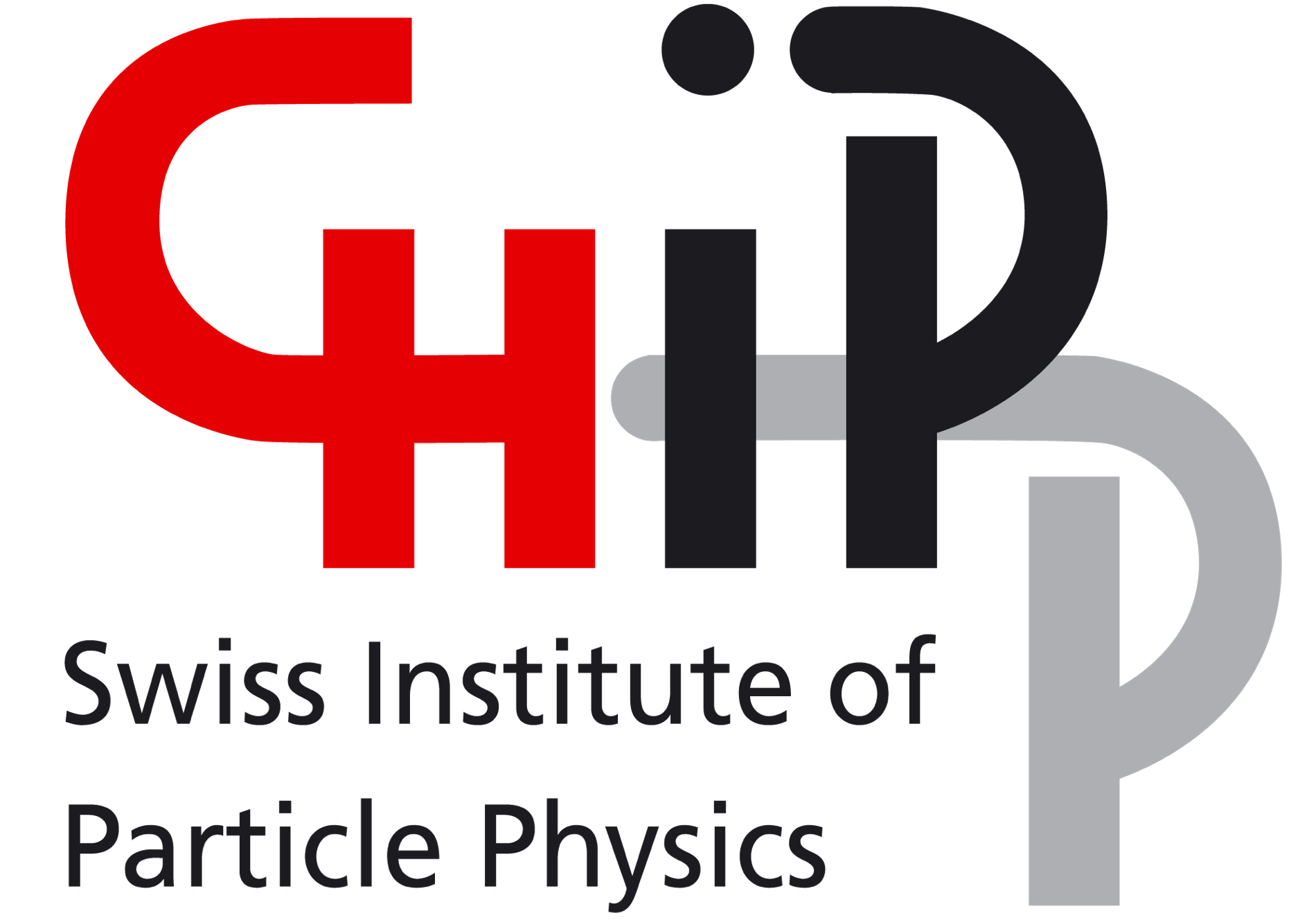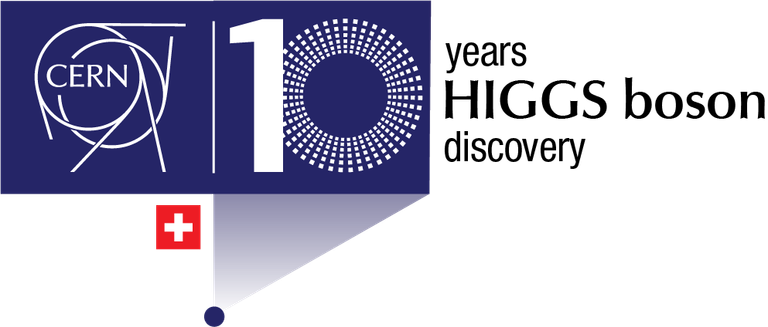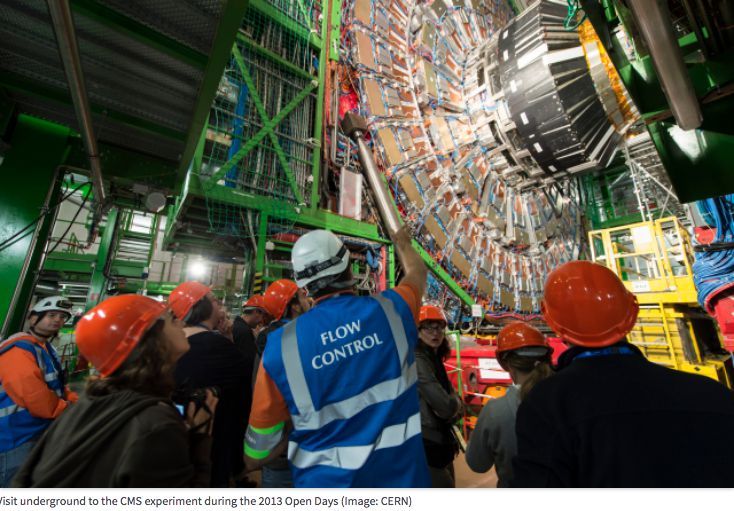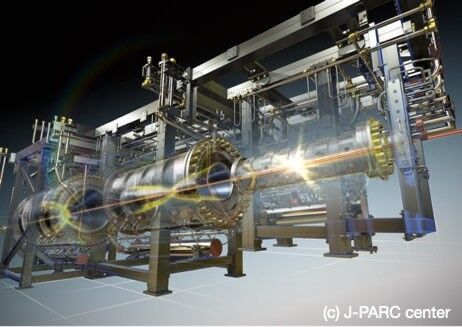
Neutrino experiment comes back to life
Good news from the “T2K” neutrino experiment project in Japan: it has started taking data again at the end of last year after an extensive upgrade of its neutrino beam and the near detector. The near detector is very firmly in the hands of Swiss institutes – University of Geneva and ETH Zurich. Federico Sánchez from the University of Geneva gives an update of what has happened and what we can expect.
Image : J-PARC/Rey.Hori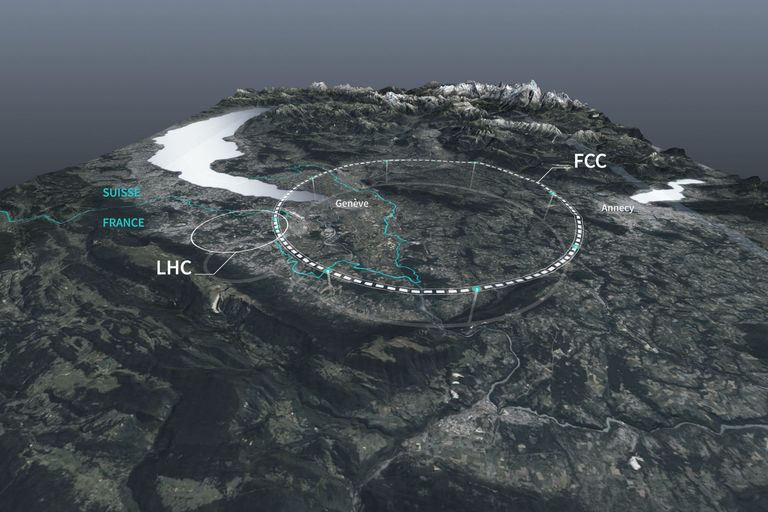
The planners of the future are ready to go
The international particle physics hub CERN in Geneva has big plans for the future. Literally. While its current flagship, the Large Hadron Collider (LHC), is scheduled to continue data taking until the 2040s, the international community of particle physics is already busy conceiving potential follow-up projects to complement the discoveries made at the LHC.
Image : FCC/CERN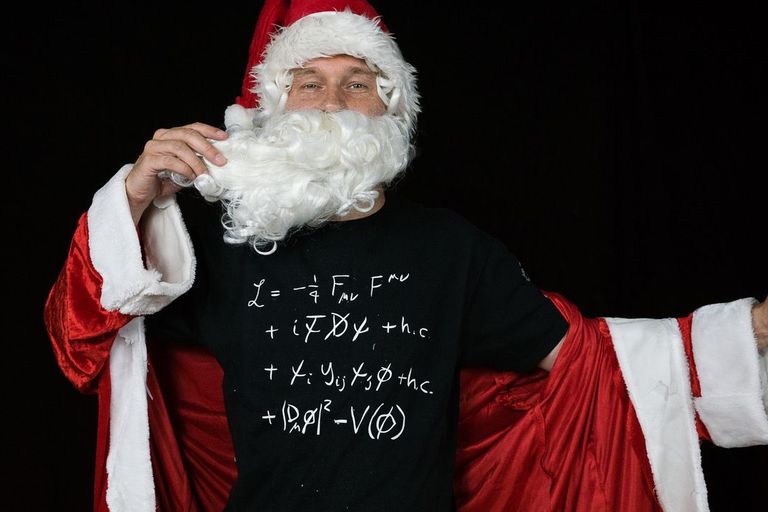
‘Tis the season to do experiments
Please add to the shopping list: a few pieces of chalk, a cobblestone, twelve cotton buds, 50 grams of pepper powder, a tube of effervescent tablets, adhesive tape...
Image : Physics in Advent
Science Gateway: opening the door to CERN and its research
New visitor centre is accessible, carbon neutral and packed with science
Image : CERN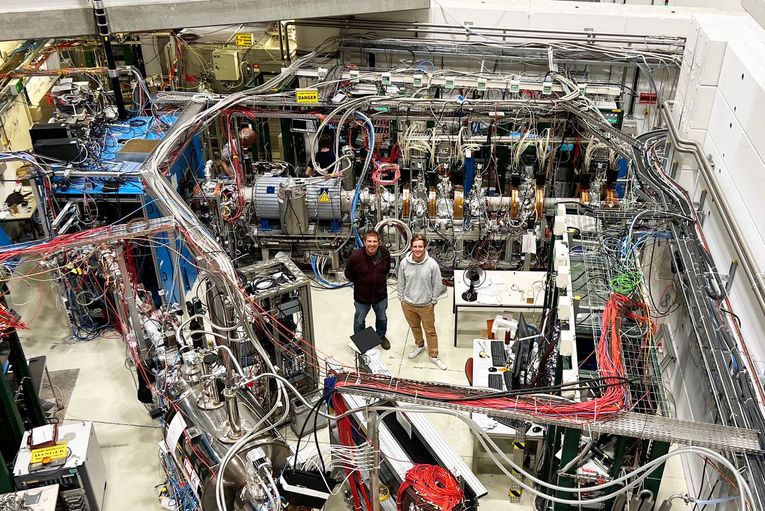
Antihydrogen: check! GBAR completes key step in antimatter research
Positrons: in their cloud. Antiprotons: generated. Deceleration: achieved. Mixing: check! The antimatter experiment GBAR has just published a paper in which it reports on their first detected antihydrogen atoms. This is a key step towards the ultimate goal of antimatter research: finding a reason for the asymmetry between matter and antimatter.
Image : Sarah Geffroy